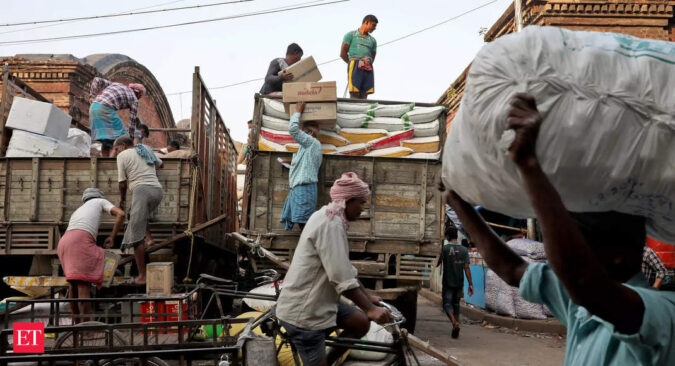This is possible only if the number of households opting for the scheme remains at the current level.
“What has actually happened is a steady shrinking of the outlay after the Covid period boost to under half this amount. On average, the government provided only about 48 days of work per household in the five years preceding the Covid years (2015-16 to 2019-20),” the TOI report stated.
During the first wave of Covid-19 pandemic, the spending on MNREGA was Rs 1.1 lakh crore. This was the highest annual spend on the scheme so far. In 2021-22, the spending reduced to Rs 98,000 crore. In 2022-23, the allocation stood at Rs 89,400 crore with the addition of the supplementary grant of Rs 16,400 crore to the original budgetary allocation of Rs 73,000 crore.
The Niti Aayog report of 2020 on the impact of the scheme on household income and poverty alleviation had called it (MNERGA) a “powerful instrument for inclusive growth in rural India.”
Sometimes, the number of days of work allocation are reduced. Any increase in the number of days would require substantial enhancement in allocation. For instance, providing even 60 days of work would require about Rs 1.1 lakh crore while providing work for 80 days would require roughly Rs 1.5 lakh crore.
It is important to know how we can reach the target of Rs 1.8 lakh crore. In last five years, the annual average increase in wages has been 5.1%. Assuming this remains true for the upcoming year, the average wage of Rs 217.7 per person per day in the current year would rise to Rs 229 in the coming financial year. In case, the number of households provided work remains the same, the wage bill alone would be about Rs 1.3 lakh crore. With the addition of material and administration cost at the same ratio as this year, the total cost for the central government would be over Rs 1.8 lakh crore.
It is essential to provide an average of 48 days of work to per household under the scheme. As per the calculations mentioned in the TOI report, the number would have to be a little over Rs 87,500 crore for the coming year. However, allocations have to also take into account pending wage bills from the previous year.
“In January 2022, the pending bill accounted for Rs 3,358 crore. Considering a similar pendency, MNREGA spending would have to be more than what has been allocated in 2022-23,” said the report.
(With inputs from TOI)
